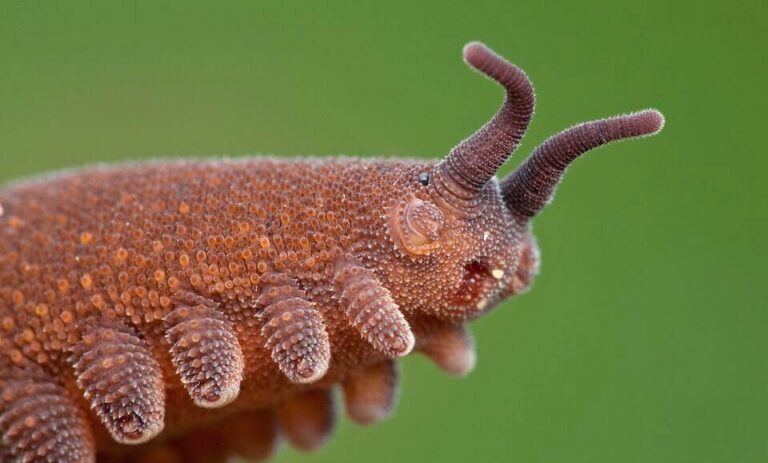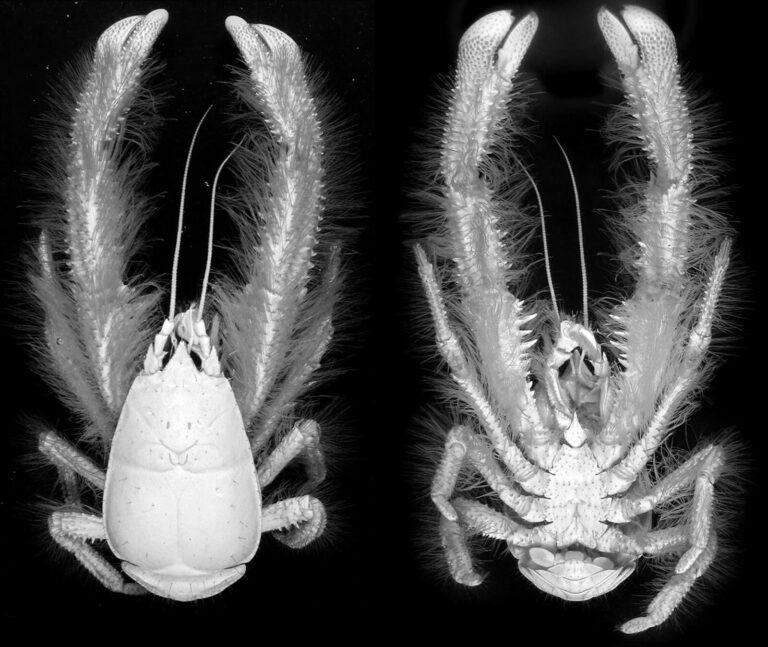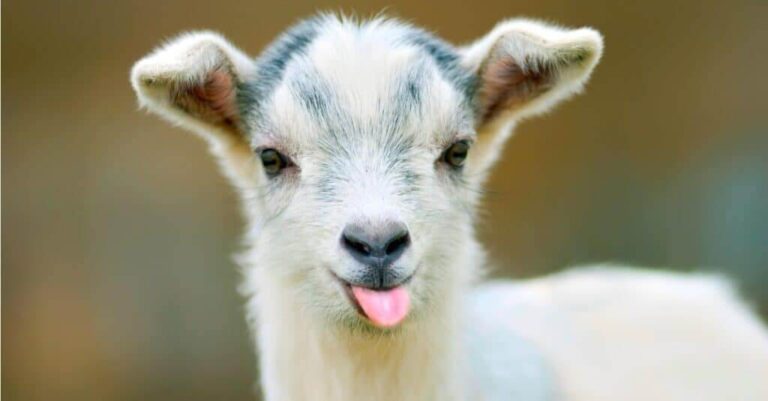Jerboa: Desert Rodent’s Unique Traits, Habitat, & Conservation Status”
The jerboa is a fascinating rodent known for its extraordinary agility, unique adaptations to arid environments, and resemblance to kangaroos due to its large hind legs and hopping movement. Found in deserts across Africa and Asia, the jerboa has evolved to thrive in some of the planet’s harshest climates.
Contents
Scientific Classification
- Kingdom: Animalia
- Phylum: Chordata
- Class: Mammalia
- Order: Rodentia
- Family: Dipodidae
- Subfamily: Dipodinae
- Genus: Jaculus (Common Jerboas) and several other genera
- Species: Over 30 recognized species, including the Greater Egyptian Jerboa (Jaculus orientalis) and Lesser Egyptian Jerboa (Jaculus jaculus).
Physical Characteristics

Jerboas are small to medium-sized rodents, typically measuring between 2 to 5 inches (5 to 12 cm) in body length, with their long tails often doubling their overall size. Some key features include:
- Large hind legs: Adapted for jumping, jerboas can leap distances up to 10 feet (3 meters) in a single bound to escape predators or navigate their desert habitats.
- Long tails: Their tails, often tipped with a tuft of fur, provide balance during jumping and aid in steering.
- Short forelimbs: Used mainly for digging and handling food, the forelimbs are significantly shorter than the hind legs.
- Large ears: Jerboas possess oversized ears that help dissipate heat and enhance their hearing, an essential adaptation in predator-laden environments.
- Fur: Soft, fine fur that varies in color from sandy beige to brown, providing camouflage against the desert landscape.
Habitat
Jerboas are well-adapted to life in desert and semi-desert regions, particularly across northern Africa, the Middle East, and Central Asia. They prefer:
- Sandy deserts: Jerboas live in caves to avoid the scorching heat during the day, emerging only at night when temperatures drop.
- Sparse vegetation: They thrive in areas with limited plant cover, relying on their speed and agility to dart between sparse shrubs and grasses.
Jerboas are also found in steppes and semi-arid regions where the terrain is suitable for digging burrows.
Behavior

Jerboas are nocturnal, meaning they are most active at night when desert temperatures are more bearable. They are solitary animals, typically occupying a home range where they dig intricate burrow systems that serve as both shelter from predators and temperature-regulated homes.
- Jumping: The jerboa’s characteristic hopping movement is its primary mode of locomotion. This not only helps them cover large distances quickly but also conserves energy.
- Burrowing: During the daytime, jerboas retreat to their underground caves, up to 3 feet (1 meter) deep. These caves are often complex, featuring multiple entrances to evade predators.
Diet
Jerboas are omnivorous, though their diet varies depending on the species and available resources in their specific habitats. Most jerboas rely on:
- Seeds: The primary component of their diet, particularly in desert regions.
- Insects: Some species supplement their diet with beetles, ants, and other small insects for additional protein.
- Roots and tubers: Jerboas can extract moisture from plant roots, which allows them to survive prolonged periods without direct access to water.
One of the most remarkable adaptations of the jerboa is its ability to go without drinking water for extended periods. They obtain the necessary hydration from their food.
Reproduction
Jerboas have a brief breeding season, typically coinciding with periods of abundant food. Mating usually occurs in the spring and summer, though the exact timing can vary based on geographic location and environmental conditions. Key aspects of their reproduction include:
- Gestation period: About 25-35 days, after which females give birth to 2-6 offspring.
- Development: Newborn jerboas are hairless and blind at birth but develop rapidly, becoming independent within 5-6 weeks.
- Nesting: Females raise their young in burrows, where the temperature is controlled, and they are protected from predators.
Predators
Despite their remarkable agility and burrowing skills, jerboas are preyed upon by several desert-dwelling predators, including:
- Owls: With their excellent night vision and silent flight, owls are a significant threat to jerboas during nighttime foraging.
- Foxes: Desert foxes, such as the Fennec Fox, hunt jerboas using their keen sense of hearing to locate them even in their burrows.
- Snakes: Many snakes prey on jerboas, particularly those that inhabit burrows.
To evade these predators, Jerboas rely on their jumping ability, camouflage, and burrowing behavior.
Conservation Status
Most jerboa species are not currently considered endangered, with many classified as species of Least Concern by the IUCN. However, some species, like the Four-toed Jerboa (Allactaga tetradactyla), are listed as vulnerable due to habitat loss and human encroachment.
Key threats include:
- Habitat destruction: Agricultural expansion, urbanization, and infrastructure development reduce the available natural habitat for jerboas.
- Climate change: As temperatures rise and desert ecosystems become more volatile, jerboas may face additional challenges in finding food and water sources.
Evolutionary History
Jerboas belong to the Dipodidae family, which has a long evolutionary history dating back millions of years. Their ancestors likely evolved in Asia and adapted to desert environments through gradual limb structure and behavior changes. The evolution of long hind legs and the bipedal hopping movement allowed jerboas to become adept at surviving in sparse, arid landscapes where agility and energy efficiency are crucial.
Interestingly, jerboas exhibit convergent evolution with other bipedal desert animals, such as kangaroo rats and springhares, which developed similar jumping abilities despite being from different evolutionary lineages.
Relationship with Humans
Jerboas have a minimal direct relationship with humans, although they are sometimes kept as exotic pets due to their unique appearance and behaviors. However, caring for a jerboa in captivity can be challenging, as they require specialized diets and ample space to exercise.
In some regions, jerboas are considered pest species because they can damage crops while foraging for seeds and plants. Yet, their role in desert ecosystems as seed dispersers and prey for larger animals makes them an essential part of the food chain.
Interesting Facts about the Jerboa
- Jerboas can hibernate during extreme weather conditions, such as cold winters or during periods of food scarcity.
- Their jumping ability is so efficient that they can cover vast distances using minimal energy.
- Some species can close their nostrils to prevent sand from entering while digging or moving through the desert.
Conclusion
With its remarkable adaptations and unique characteristics, the jerboa epitomizes the incredible diversity of life in arid environments. Its long hind legs, large ears, and nocturnal habits enable it to navigate the harsh conditions of deserts across Africa and Asia. The jerboa survives and thrives in some of the planet’s most extreme climates by hopping gracefully across the sand and digging complex burrow systems.
- Golden Retriever Pros and Cons: What Every Pet Parent Should Know - 15 September 2025
- Cane Corso Dog Breed: Health, Care, and Lifespan - 14 September 2025
- Catahoula Leopard Dogs: Description, Temperament, Lifespan, & Facts - 21 July 2025







